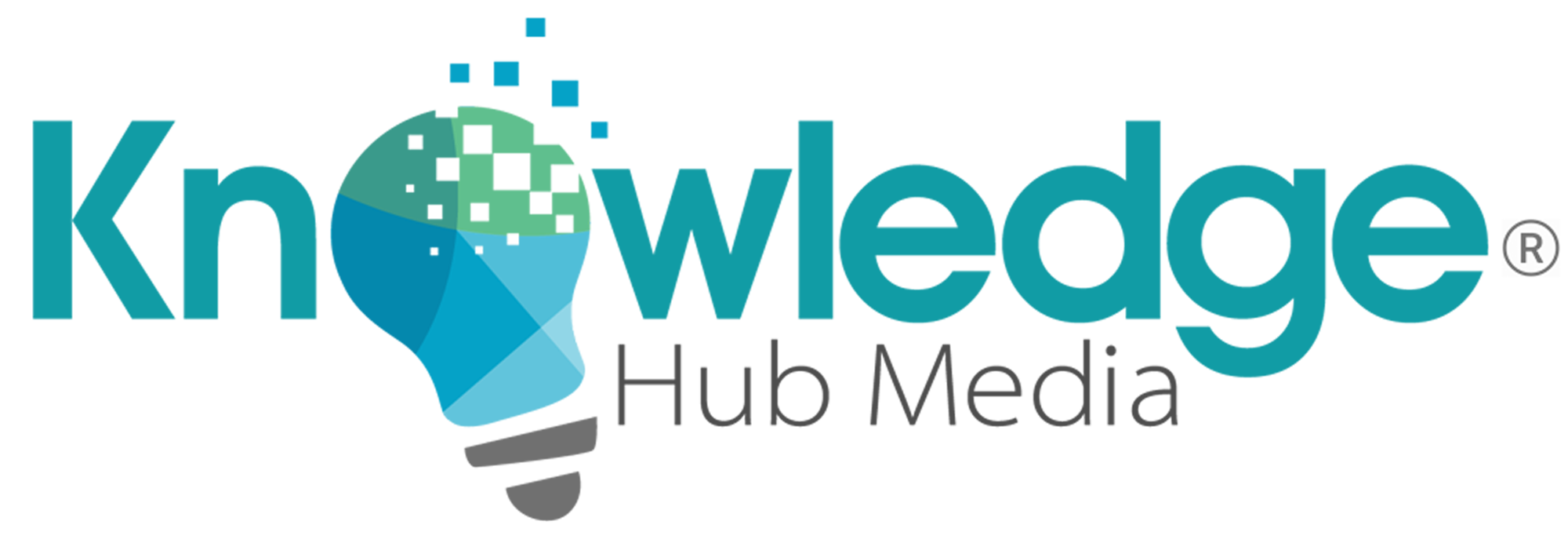 For decades, marketers have worshipped the funnel. Awareness at the top, consideration in the middle, and purchase at the bottom. This tidy, predictable model made it easy to plan campaigns, align teams, and build reports. But in 2025, the funnel is no longer sacred. It’s broken. Or more accurately, it’s been replaced.
For decades, marketers have worshipped the funnel. Awareness at the top, consideration in the middle, and purchase at the bottom. This tidy, predictable model made it easy to plan campaigns, align teams, and build reports. But in 2025, the funnel is no longer sacred. It’s broken. Or more accurately, it’s been replaced.
Today’s B2B buyer journey doesn’t follow a path. It’s a loop. A web. A choose-your-own-adventure story powered by AI, peer networks, and real-time conversations.
And it’s time for marketers to evolve or be left behind.
Goodbye Funnel, Hello Chaos
The classic funnel assumes a linear process: a prospect discovers your brand, moves through stages of education, evaluates options, then makes a purchase. But modern buying behavior defies that structure at every step.
Thanks to AI-powered search, instant peer reviews, and automated buying assistants, B2B decision-makers no longer rely on your carefully crafted journey. They bounce between social proof, competitor comparisons, AI-generated summaries, and Slack conversations in vendor communities, often before ever speaking to sales.
According to Gartner, 83% of a typical B2B purchase decision happens before a buyer ever talks to a vendor. That stat alone renders the traditional funnel obsolete.
What’s Driving This Shift?
A few major forces are shaping the new buyer landscape:
1. AI-Powered Research
Buyers now use AI tools like ChatGPT, Perplexity, and Claude to summarize product reviews, analyze feature comparisons, and generate custom RFPs. Instead of consuming 10 blogs, they prompt an LLM to give them the gist in seconds.
2. Community-Led Influence
Communities, whether on LinkedIn, Slack, Discord, or private forums, have become the go-to source for vendor validation. A warm recommendation in a niche group now holds more sway than an expensive ad campaign.
3. Content Saturation and Burnout
With everyone producing content, buyers are tuning out traditional top-of-funnel materials. Long gated whitepapers and templated nurture sequences feel stale. People want relevance, not repetition.
4. Buyer Committees, Not Individuals
Purchase decisions often involve multiple stakeholders from different departments. Their journeys are asynchronous, conflicting, and influenced by different sources. One neat funnel can’t contain them.
How B2B Marketers Should Adapt in 2025
So what replaces the funnel? The answer isn’t a new diagram. It’s a new mindset. Here’s how forward-thinking marketers are shifting:
Real-Time Personalization Beats Pre-Planned Journeys
Forget stage-based drip campaigns. AI-driven content delivery platforms now serve personalized recommendations based on real-time signals like what a buyer just read, clicked, or asked a chatbot. Context is everything.
Conversation-Driven Content Wins Attention
Static content is out. Dynamic, interactive formats like chat experiences, personalized video messages, and live Q&As keep people engaged. Think content that talks with you, not at you.
Community Is the New Channel
Brands are investing in customer-led spaces where prospects can learn from real users. That means building forums, hosting invite-only roundtables, and empowering customer champions instead of just pumping out more ads.
Measurement Moves from Attribution to Engagement
In a non-linear journey, multitouch attribution often fails. Instead, marketers are prioritizing engagement metrics like intent signals, share-of-voice in key communities, and self-reported insights.
Let Go of the Funnel. Embrace the Flywheel
HubSpot was right: the future of marketing looks more like a flywheel than a funnel. Buyers enter, exit, return, and refer others in continuous loops.
But in 2025, even the flywheel feels too clean. Today’s buyer journey is fragmented, unpredictable, and increasingly autonomous.
The best marketers aren’t trying to force buyers into a funnel. They’re meeting them wherever they are, ready with relevance, authenticity, and value.
What You Should Be Doing Now
- Rethink your buyer journey map as a multi-threaded path, not a single file line
- Use AI and intent data to deliver content tailored in the moment
- Prioritize community engagement and peer-led influence over broadcast messaging
- Focus on creating conversations, not just content
- Shift KPIs from MQLs to real indicators of buying readiness and brand resonance
